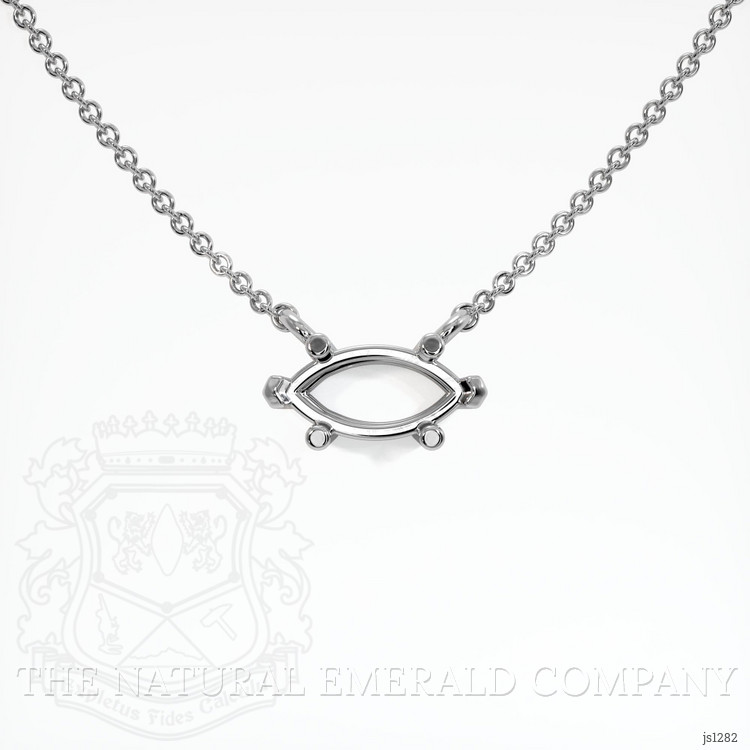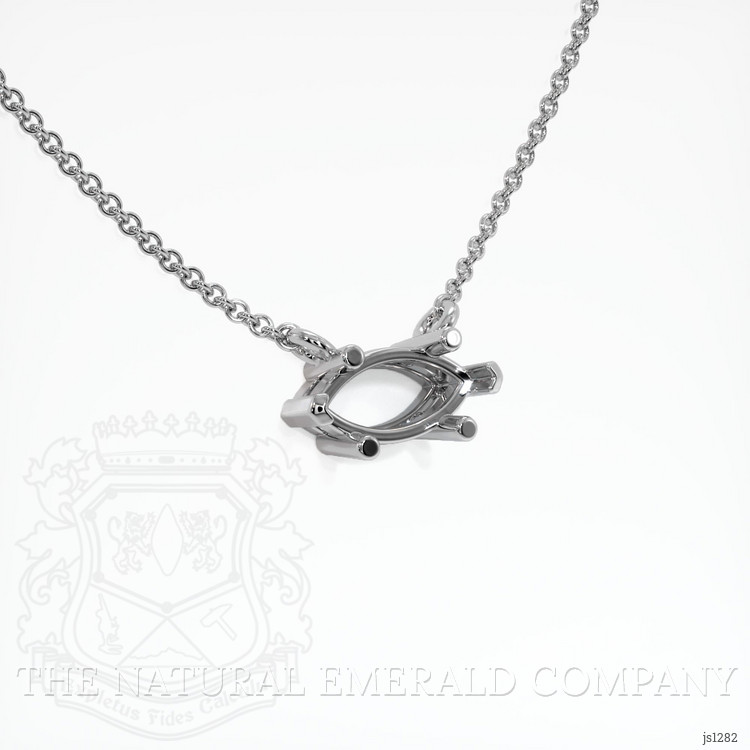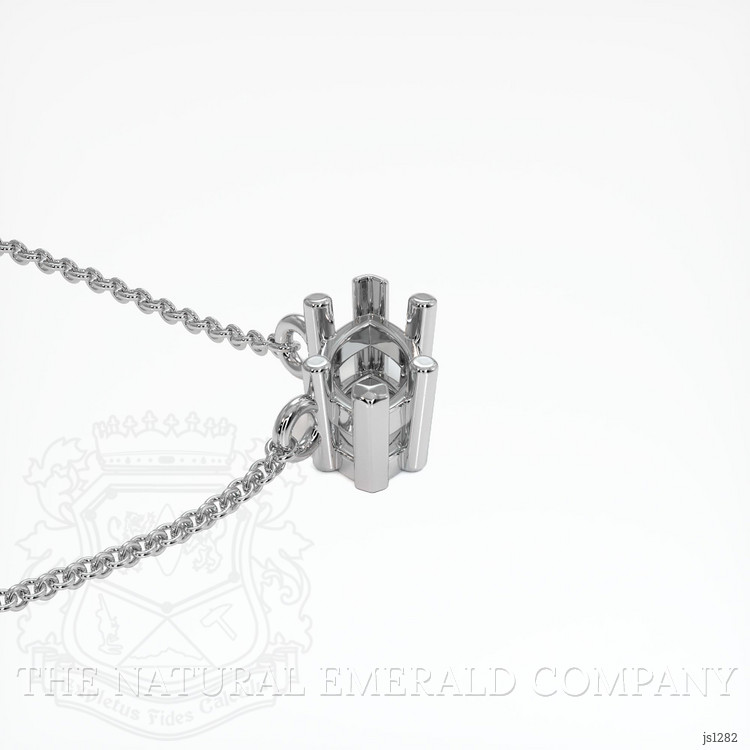1
Choose your setting
2
Choose your emerald
3
Review Your design
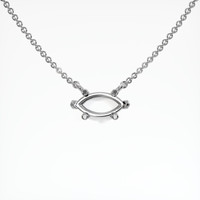

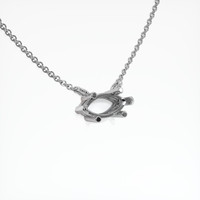
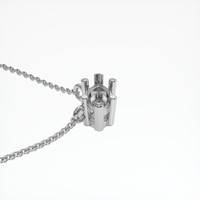
Platinum 950 Solitaire Necklace Setting
Production Time: from 21 to 28 Days
Rush service may be available upon request
Item ID: JS1282
Free shipping
Price Calculated During Next Step
18" Chain Included
Quality, Value & Heart
100% Natural Emeralds
Free Shipping - Worldwide
14 Day No Hassle Return Policy
Supports Local Charities
Watch our process


Other Necklaces You May Like
Education About Emeralds
To truly appreciate and understand the beauty and wonder of an emerald, visit our education section where we explore the vast and fascinating world of emeralds!

